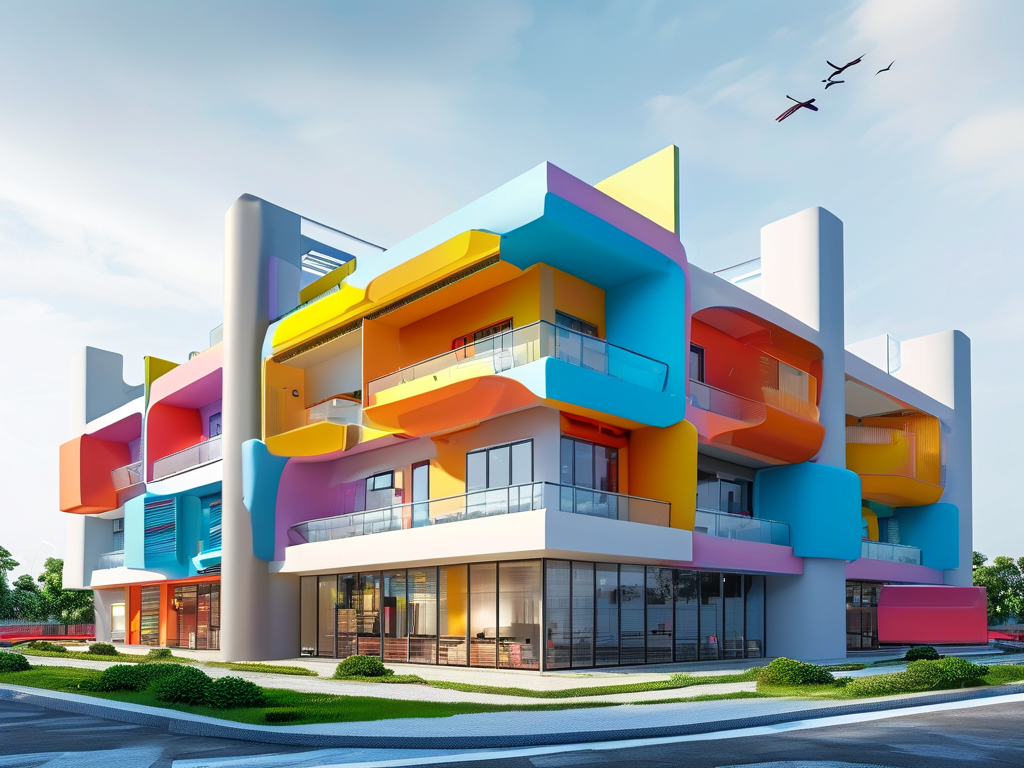In modern software engineering, the choice between monolithic and distributed architectures remains a critical decision that impacts scalability, maintainability, and operational efficiency. While both approaches have distinct advantages, understanding their fundamental differences is essential for designing systems that align with business goals.
Understanding Monolithic Architecture
A monolithic architecture bundles all application components – user interface, business logic, and data access layers – into a single codebase and deployment unit. This traditional model simplifies initial development, as teams can work within a unified environment using shared libraries and frameworks. Debugging and testing are often straightforward due to centralized logging and error tracking.
Consider a Java Spring Boot application:
@SpringBootApplication
public class MonolithicApp {
public static void main(String[] args) {
SpringApplication.run(MonolithicApp.class, args);
}
}
This single executable JAR file contains all modules, from authentication to payment processing. While convenient for small teams, monolithic systems face challenges as requirements grow. Scaling requires replicating the entire application rather than specific components, leading to resource inefficiency. A 2023 survey by TechMonitor revealed that 68% of organizations using monolithic systems reported deployment bottlenecks when exceeding 50,000 daily active users.
The Rise of Distributed Architectures
Distributed architectures decompose applications into independent services that communicate via network protocols. Microservices, serverless functions, and containerized workloads exemplify this paradigm. Each service owns specific business capabilities, enabling teams to deploy updates autonomously.
For instance, an e-commerce platform might separate inventory management from order processing:
# Inventory Service
@app.route('/update-stock', methods=['POST'])
def update_stock():
# Business logic here
# Order Service
@app.route('/create-order', methods=['POST'])
def create_order():
# Call inventory service via HTTP/RPC
This separation allows horizontal scaling of high-demand services. Cloud providers like AWS and Azure have driven adoption through managed Kubernetes (EKS, AKS) and serverless platforms (Lambda, Azure Functions). However, distributed systems introduce complexity in monitoring, network security, and data consistency. The CAP theorem reminds developers that distributed databases cannot simultaneously guarantee consistency, availability, and partition tolerance.
Critical Comparison
- Development Velocity: Monolithic architectures enable faster prototyping but become cumbersome as codebases expand. Distributed systems allow parallel team workflows but require robust DevOps pipelines.
- Fault Isolation: A failed microservice doesn’t crash the entire system, unlike monolithic failures. Netflix’s Chaos Monkey tool exemplifies resilience strategies for distributed environments.
- Cost Efficiency: Monolithic apps often incur lower initial cloud costs, while distributed systems optimize resource usage through granular scaling.
Practical Implementation Scenarios
- Monolithic Preferred: Startups validating MVPs, internal tools with stable requirements, or applications with strict transactional consistency needs.
- Distributed Recommended: High-traffic platforms (e.g., social networks), systems requiring frequent component updates, or enterprises adopting cloud-native technologies.
Migration Considerations
Transitioning from monolithic to distributed architectures demands careful planning. The Strangler Fig pattern, where new services gradually replace legacy components, has proven effective. Tools like Docker and API gateways help bridge old and new systems during transition periods.

Neither architecture is universally superior – the decision hinges on specific operational needs and growth projections. Emerging trends like edge computing and AI-driven auto-scaling are blurring traditional boundaries, pushing engineers to adopt hybrid models. As GitHub’s 2024 Infrastructure Report notes, 42% of enterprises now operate polyglot architectures combining monolithic core systems with distributed peripheral services, highlighting the industry’s pragmatic evolution.










